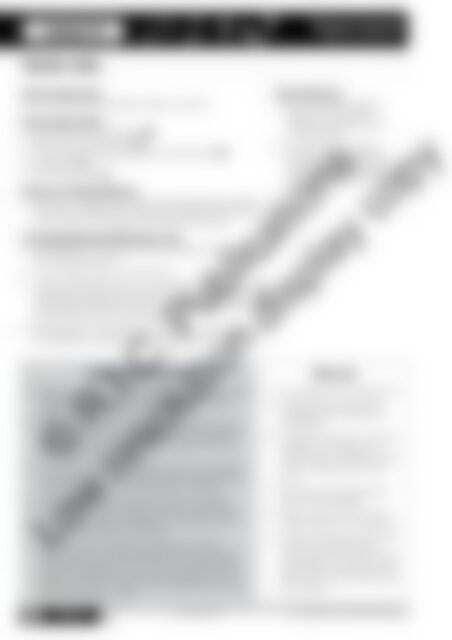6172RB Science a STEM approach Year 2 low res watermark
You also want an ePaper? Increase the reach of your titles
YUMPU automatically turns print PDFs into web optimized ePapers that Google loves.
Lesson 6<br />
Physical sciences<br />
FORCED TO MOVE<br />
Teacher notes<br />
<strong>Science</strong> inquiry focus:<br />
How do pushes and pulls affect objects in water?<br />
<strong>Science</strong> Inquiry Skills:<br />
• Questioning and predicting QP<br />
• Planning and conducting PC<br />
• Processing and analysing data and information PA<br />
• Evaluating E<br />
• Communicating C<br />
<strong>Science</strong> as a Human Endeavour:<br />
• Students investigate and explore everyday objects that float<br />
and sink to identify if they are getting pulled to the bottom of<br />
a tub of water or pushed to the surface of the water.<br />
Technology/Engineering/Mathematics links:<br />
• participating in a class vote to record a tally of students floating<br />
and sinking predictions<br />
• counting tally marks to record a total<br />
• using a p<strong>res</strong>entation app, such as ShowMe, on an iPad® to take<br />
a digital photograph of the objects in the water, labelling each<br />
set of objects with float and sink, and drawing directional arrows<br />
to show the direction of each force<br />
• participating in an online interactive activity to sort objects into<br />
two categories—objects that float and objects that sink<br />
Background information<br />
• Objects behave differently when placed in water. Some<br />
objects float, such as those filled with air, and some<br />
objects sink, such as those that are solid.<br />
• Objects float or sink depending on the density of the<br />
particles within each object. The density of an object<br />
affects the amount of gravity and buoyancy that is at<br />
work on the object.<br />
• If an object is more dense than the water it is sitting in,<br />
the object will be pulled to the bottom of the water by<br />
gravity. This is commonly referred to as ‘sinking’.<br />
• If an object is less dense than the water it is sitting<br />
in, the object will be pushed up to the surface of the<br />
water using another invisible force, buoyancy. This is<br />
commonly referred to as ‘floating’<br />
• At this age, it is sufficient for students to see that<br />
objects in water are also affected by forces that push<br />
and pull the object. These forces can be observed by<br />
testing if objects float or sink. Note: Students are not<br />
required to name or explain the invisible forces at work<br />
when objects float or sink.<br />
Assessment focus:<br />
• Use completed copies of<br />
page 136 to assess the<br />
student’s observation and<br />
recording skills.<br />
• Use the student’s digital<br />
p<strong>res</strong>entation to assess their<br />
knowledge of how floating and<br />
sinking relates to pushing and<br />
pulling.<br />
Resources<br />
• An enlarged copy of page 134<br />
• A digital copy of page 135<br />
for display on the interactive<br />
whiteboard<br />
• A large tub of water, a wooden<br />
craft stick, a metal spoon, a<br />
plastic spoon, a metal coin and<br />
a copy of page 136 for each<br />
pair<br />
• An iPad® with a p<strong>res</strong>entation<br />
app, such as ShowMe<br />
• Online video—Sink or float? at<br />
<br />
• Online interactive activity—Sink<br />
or float? at (Click the image<br />
that shows two squa<strong>res</strong> to sort<br />
objects into. This will download<br />
as a .swf file.)<br />
© R.I.C. Publications<br />
Low <strong>res</strong>olution display copy<br />
132 <strong>Science</strong>:<br />
A <strong>STEM</strong> APPROACH<br />
YEAR<br />
2<br />
978-1-925431-95-7 R.I.C. Publications® – www.ricpublications.com.au


















